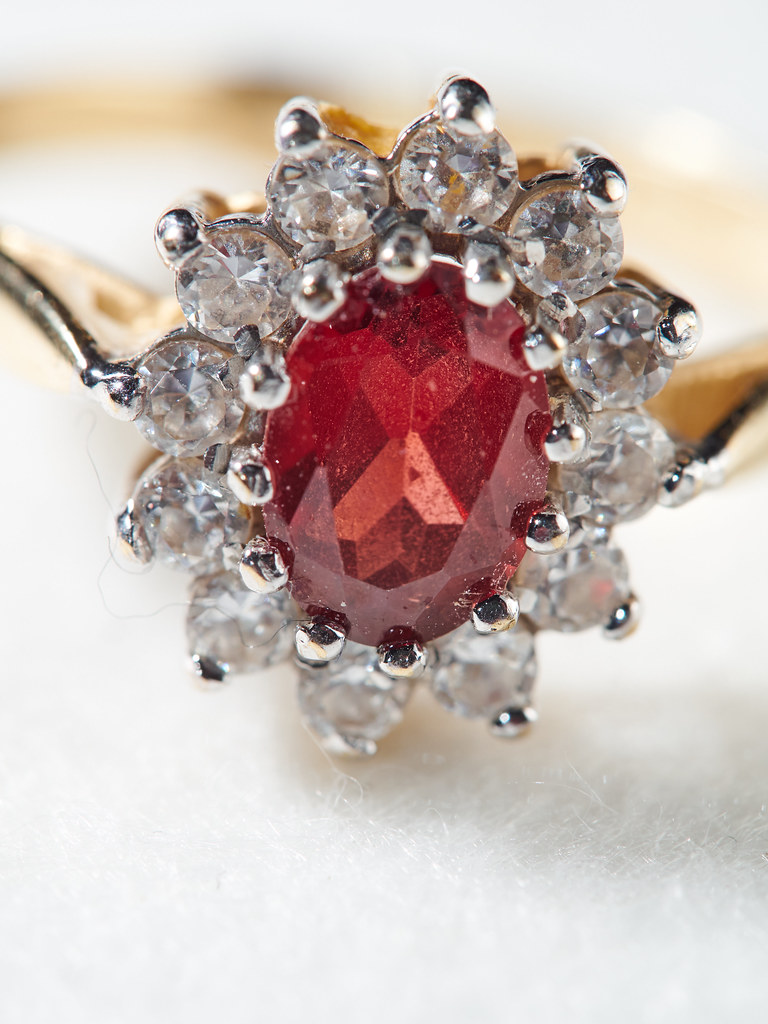For centuries, humanity has been amazed at sapphire and ruby embedded rings for their refined richness. These rings echo wealth, power, romance, and spirituality. Their advancement is intricately woven with the ancient civilization as it expands over many cultures and ages. From ancient royals to modern day enthusiasts, gemstone rings plays a vital role for personal use and social esteem.
Ancient Egyptian, Mesopotamian and Indian cultures are known to possess the earliest rings to date. In these cultures, gemstones were thought to have special mystical and protective properties. Egyptian Pharaohs decorated themselves golden rings inlaid with lapis lazuli, carnelian and turquoise gemstones. These rings were also worn for religious purposes as they had symbolic meanings during their relation for gods and the afterlife.
Powerful leaders and their noble counterparts around Mesopotamia used gemstone rings as markers for authority. Officials had their seals engraved on these rings serving as a signature for documents and transactions. These rings were predominantly famous for their functional uses, thus, served as markers for wealth too. Additionally, gemstones in the Indian Subcontinent were revered as a source for planetary healing, a belief that continues till date in Vedic astronomy.
The Impact of Greek and Roman Cultures
The Greeks and Romans raised the status of gemstone rings into new heights. The Greeks appreciated gemstones for their aesthetic appeal and connected them with their sculptures. They brought forth the use of intaglio gems, which were engraved gemstones depicting pieces of mythology. These rings were used as talismans and amulets to offer protection and good luck.
Meanwhile, the Romans were the first to use signet rings which had an engraved gemstone set in gold or silver. senatorial and imperial rings paved the way for Roman signet rings to be adorned with sapphires, emeralds, and rubies, signifying the wearers wealth and power. The Romans also believed certain gemstones offered protection, particularly garnets, which were believed to protect the wearer during battle.
The Middle Ages and the Renaissance Period
In the medial period, gemstone rings began to symbolize a more religious aspect. The clergy and royal families were seen wearing amethyst rings that were thought to showcase virtue with piety and purity. Sapphire rings however were more favored by kings and queens who adored their wisdom and divine favor.
As artistic craftsmanship flourished during the Renaissance, gemstone rings became more intricate and detailed. Stonecutters and jewelers began using advanced techniques to enhance the gemstones’ brilliance with facets and intricate engravings. Moreover, the practice of gifting sentimental and inscriptioned rings also grew in popularity, paving the path for constant engagement rings.
Modern Era
Gemstone rings became more accessible to the public in the 19th and20th century due to new advancements in mining and gemstone cutting. The Victorian eras witnessed a surge of nature inspired and sentimental designs which included turquoise, garnets and opals. From the 1920s to 30s, aquamarine and onyx became widely popular and sought after colored stones during the Art Deco inlaid jewelry trends, which also popularized geometric style patterns.
Now there is a large variety of precious stones that are highly valued, in particular sapphires, emeralds, rubies and diamonds. The combination of sustainable and traditional gemstones as well as lab-cultured stones has widened the options available to consumers.
The history of gemstone rings marks their unrelenting significance and importance. These rings, which transcend time and culture, were once an ancient ritual and are considered a modern fashion statement. Now, they are adored for their beauty, as well as their deeper meaning. From a symbol of love, status, or a spiritual talisman, gemstone rings inspire and fascinate people from all walks of life.
